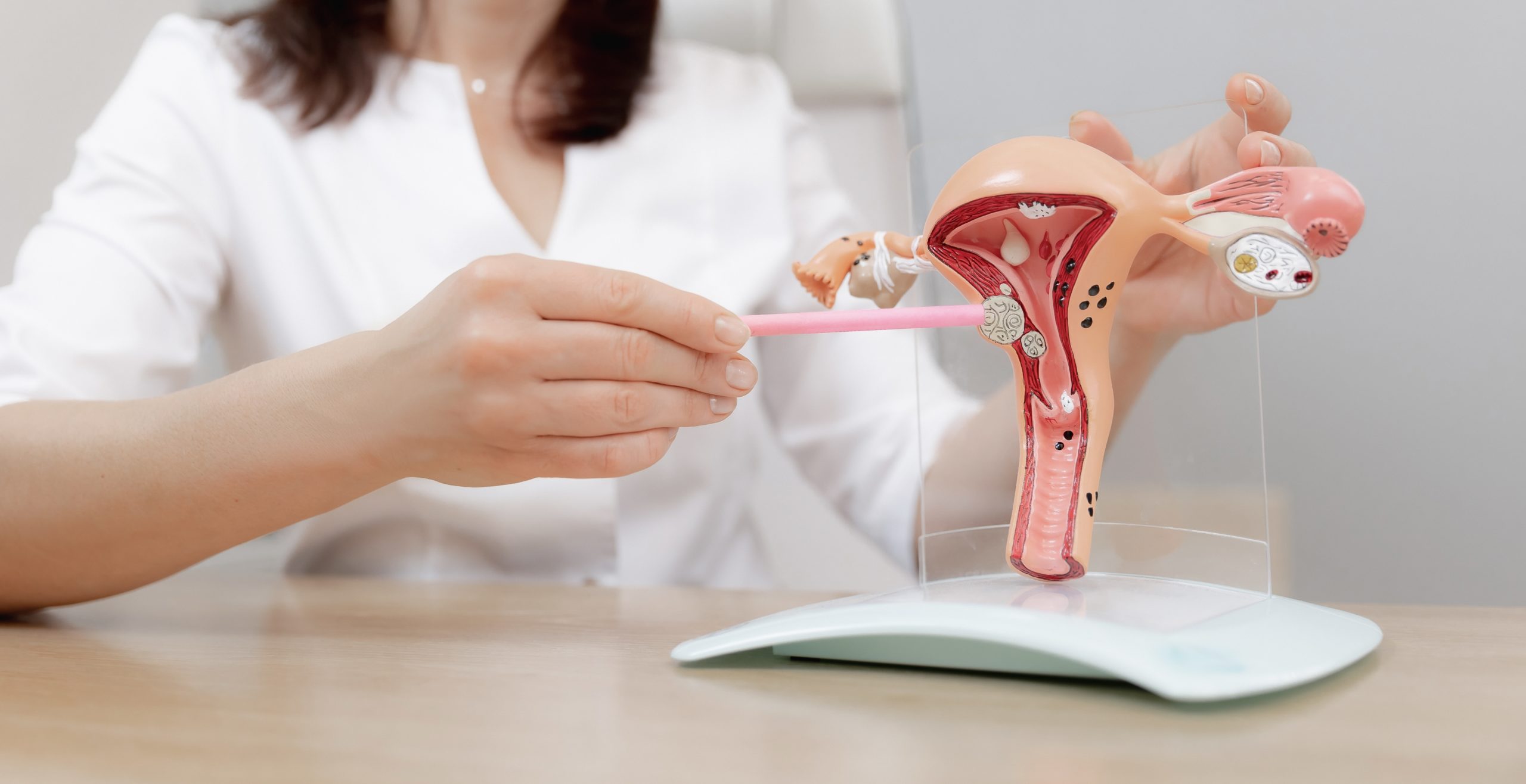
14 Jul Laparoscopic Hysterectomy: Procedure, Benefits, and Recovery
Laparoscopic hysterectomy is a minimally invasive surgical procedure used to remove the uterus through small incisions in the abdomen. This advanced technique offers several advantages over traditional open surgery, including faster recovery times, reduced risk of complications, and shorter hospital stays. If you’re considering a laparoscopic hysterectomy, understanding the procedure, its benefits, and what to expect during recovery is crucial for making an informed decision.
Procedure Overview: During a laparoscopic hysterectomy, specialized instruments and a laparoscope (a thin, lighted tube with a camera) are inserted through small incisions in the abdomen. The surgeon uses these tools to view and remove the uterus and, if needed, other reproductive organs such as the ovaries and fallopian tubes. The procedure may be performed for various reasons, including fibroids, endometriosis, pelvic pain, or cancer.
Types:
- Total Laparoscopic Hysterectomy (TLH): The entire uterus, including the cervix, is removed laparoscopically.
- Partial Laparoscopic Hysterectomy: Only a part of the uterus is removed, typically for conditions like fibroids or adenomyosis.
Benefits:
- Minimally Invasive: Small incisions reduce scarring, pain, and recovery time compared to traditional open surgery.
- Shorter Hospital Stay: Patients usually go home the same day or within 1-2 days after surgery.
- Faster Recovery: Most women resume normal activities within 1-2 weeks, compared to 6-8 weeks with open surgery.
- Lower Risk of Complications: Reduced blood loss, lower risk of infection, and fewer post-operative complications.
Recovery Process:
- Immediately After Surgery: Patients may experience mild discomfort or shoulder pain from the gas used during surgery. Pain medications and rest help manage discomfort.
- First Few Weeks: Gradually resume light activities. Avoid heavy lifting and strenuous exercise.
- Follow-Up Care: Attend follow-up appointments to monitor healing and discuss any concerns.
Is Laparoscopic Hysterectomy Right for You?
Considerations:
- Medical Condition: Your gynecologist will determine if laparoscopic hysterectomy is suitable based on your medical history and condition.
- Reproductive Plans: Discuss with your doctor how the procedure may impact fertility and menopause, depending on the type of hysterectomy.
Conclusion
Laparoscopic hysterectomy offers significant advantages over traditional surgery, making it a preferred choice for many women requiring uterine removal. By understanding the procedure, its benefits, and the recovery process, you can approach your decision with confidence. Consultation with a skilled gynecologist ensures personalized care and optimal outcomes for your health and well-being. Dr. Usha M Kumar, recognized as the best laparoscopic hysterectomy doctor in Delhi, specializes in minimally invasive gynecological surgeries. Contact her at +91-9999293741 to schedule a consultation and learn more about your options.




Sorry, the comment form is closed at this time.